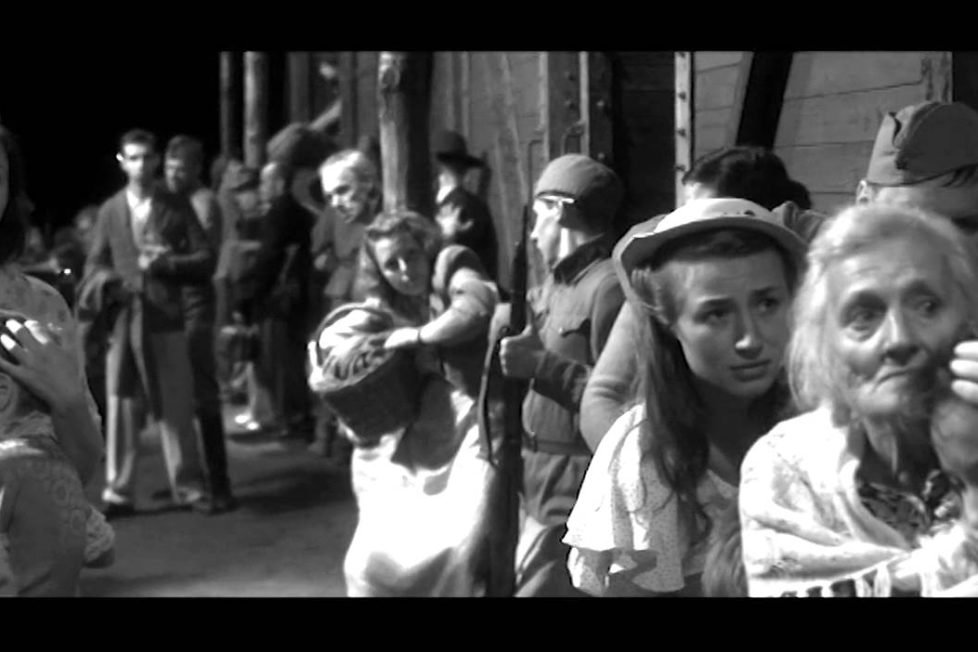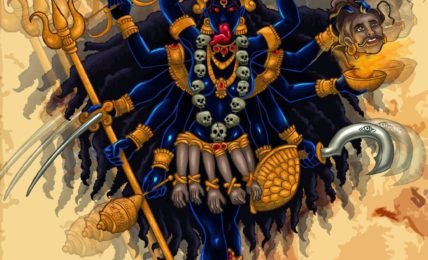10 Films on Stalinist Terror
“The corruption at the heart of Communist ideology lay in the means. Social justice, greater freedom and equality, an end to exploitation and alienation are noble, humane ends. What compromised them fatally was the inhuman methods employed to achieve them. This was as true of Lenin and Trotsky as of Stalin.” ― Alan Bullock, Hitler and Stalin: Parallel Lives



